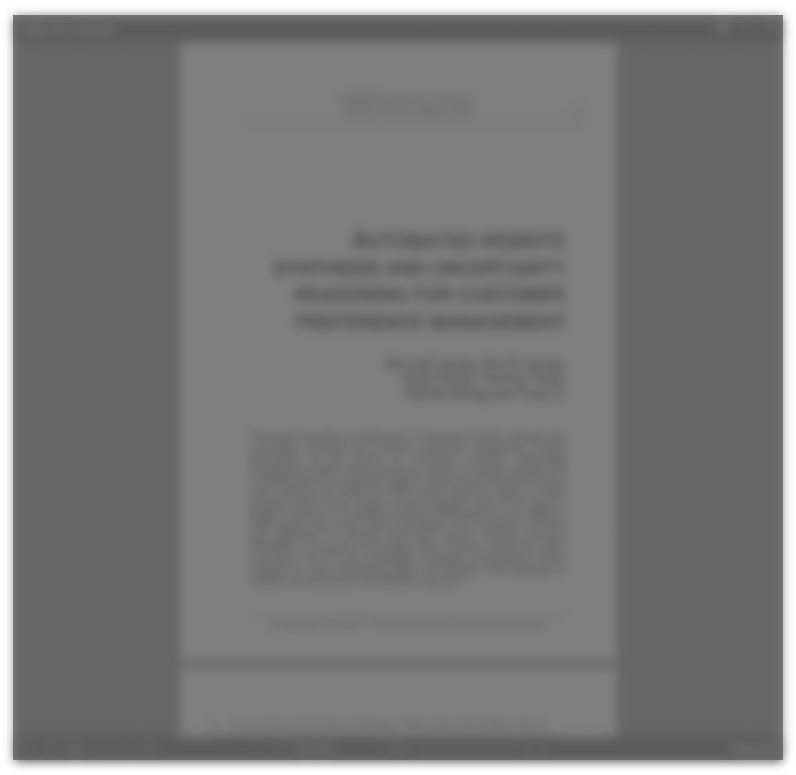Abstract:
Brazil may well be the country with the largest experience of using a uniform socio-economic classification system in the world. It adopted one such system in 1970, as a result of the recommendation proposed by a panel nominated by the National Association of Advertisers (ABA). It has been revised and updated five times since then. The history of the Brazilian experience does not matter as much as the lessons we derive from it, which may be relevant for the future. We summarise here what we think those lessons are, and also explain how a common, uniform criterion was or can be achieved. We also mention the difficulties found in twenty-seven years of experience, from the purely technical to the fieldwork limitations that have an impact on the results of any classification system.







